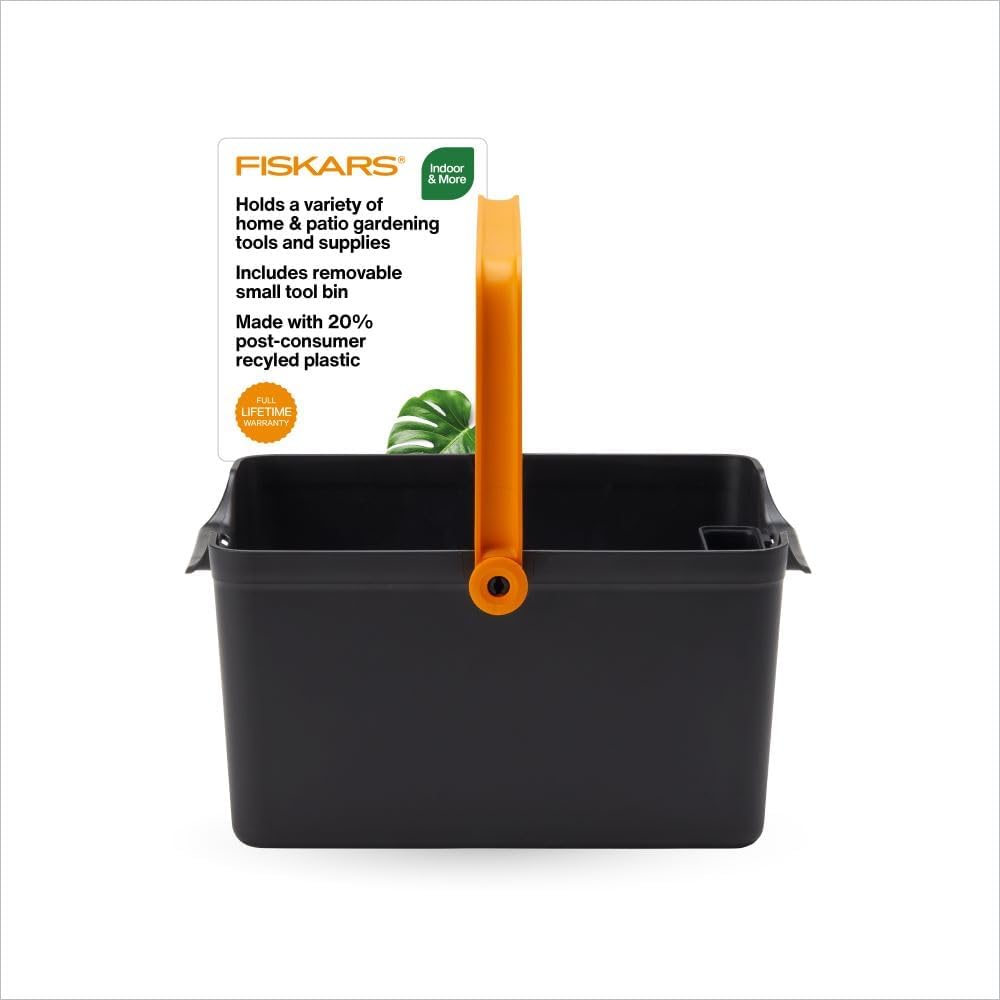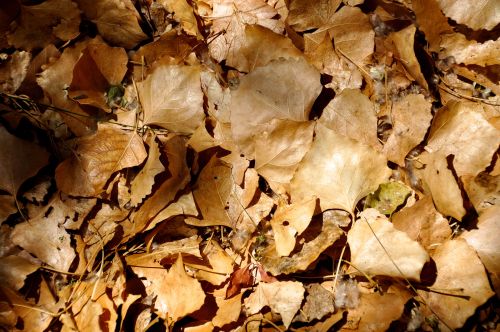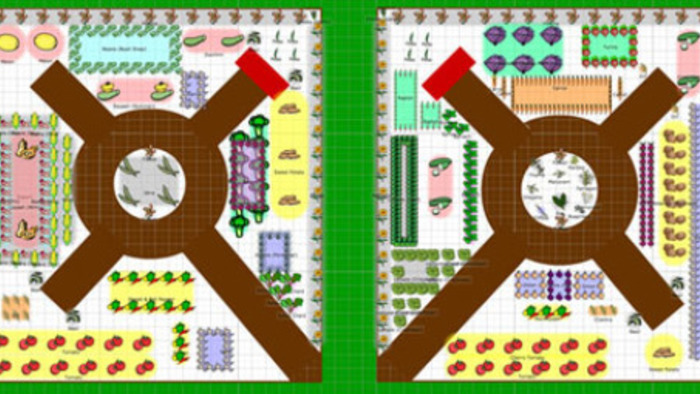
Even the newest gardener realizes the magic of using mulch in the vegetable garden (or any other garden for that matter) as an excellent weed barrier, water retainer, and temperature fluctuation reducer that can affect plant root systems. The other benefit of using organic mulches is that they eventually break down into the garden bed and help build the soil.
Fall, winter, and early spring are all great times to lay down a little mulch blanket. While any organic mulch is appropriate for the vegetable garden, sometimes there are strategic reasons to choose one over another.
1. Compost
Compost not only builds soil texture, tilth, has nutrients that leach immediately into the soil — it works the same way as every other mulch. Use generous amounts from your compost bin (or pile) for the ultimate in mulch for the vegetable garden.
2. Dry Leaves
Gather copious amounts of dry, fall leaves and use them in your vegetable bed immediately after collecting them. You can use dry leaves as traditional mulch (like a blanket on top of the soil) or turn them under the soil (of an empty garden bed) and letting them bread down over the winter. Come spring you’ll have nice humousy soil for planting.
Or do both: use them as a top mulch while the vegetable plants are still actively growing and then turn them under once everything has been harvested.
3. Newspaper or Cardboard
Newspaper is one of the handiest gardening tools ever an it’s fabulous as an organic mulch. It’s readily available to most people and if they don’t have any, their neighbor does. Newspaper 100% biodegradable and the critters in the soil love it.
I usually lay the paper down around five layers thick or more as newspaper decomposes fairly quickly. If the wind is blowing it around while you’re trying to spread it out, simply dampen the newspapers with some water or pour small amounts of soil onto the corners.
I end up dampening my newspaper mulch no matter what and then cover it with soil. Cardboard works exactly the same way (but it’ll last longer) and makes terrific foot paths between vegetable rows.
4. Straw and Seedless Hay
Both straw and seedless hay work well as mulch, although, if you’re mulching an ornamental foundation planting, neither would look attractive in that particular setting. Straw and seedless hay are terrific for the vegetable garden, but be sure to layer it on thick.
If you use thin layers, they tend to easily blow away. Straw is one of my favorite mulches for vegetable or herb beds and works quite well for creating dry foot paths between rows.
5. Wood Chips or Shredded Bark
Wood chips and shredded bark are both popular mulches, however specific gardens should be considered because they’re both sturdy materials that break down slowly. For example, an annual vegetable or flower garden that’s going to be pulled up and replanted several times a year isn’t the best candidate for wood mulches, in my opinion.
I seem to have big issues with wood pieces being mixed in with my garden soil. That said, they can’t be beat for a perennial garden bed or shrubby foundation landscape.
6. Grass Clippings
When I lived in the suburbs I always felt that people were missing out on the many joys of grass clippings. I can see how they may be unsightly for some places. That said, they break down incredibly fast. I still like to use them as mulch around young tomato plants and other veggies that enjoy a nitrogen boost. Grass clippings break down so quickly that they tend to warm up the soil, which is a great side effect in the spring vegetable garden.
If you use grass clipping as a mulch keep the layer under 4″; if it’s piled much higher, the grass will “mat” and become oxygen deprived (anaerobic). Which means it will produce a less-than-desirable odor.
7. Living Mulch
Cover crops that are grown in a vacant vegetable bed in preparation for the next season are often referred to as “living mulch.” However, the living mulch that I’m talking about are crops that can be grown in between the main vegetable crops during the same growing season.
Vining vegetables such as pumpkins or those that spread themselves wide like potato plants can be used as a mulch for other vegetables in the garden. Pumpkins, squash, melons, zucchini, and cucumbers will all shade out and smother weeds while they help bind the soil to the earth and keep the soil moist longer. Plant these trailing veggies among the taller crops like pepper plants, tomatoes, sunflowers, and corn.
Loose leaf lettuce can a nice choice as a living mulch. Plant it around artichokes, onions, carrots, broccoli, cabbage, and beets as an effective weed barrier. Lettuce is a very light eater so it’s not a big competitor for the other food crops.
A garden that’s been mulched needs little cultivating, less watering, and because of these things, will yield a maximum amount of fruit.
Fine Gardening Recommended Products

Lee Valley Garden Knife
Fine Gardening receives a commission for items purchased through links on this site, including Amazon Associates and other affiliate advertising programs.

ARS Telescoping Long Reach Pruner
Fine Gardening receives a commission for items purchased through links on this site, including Amazon Associates and other affiliate advertising programs.

Fiskars Garden Tool Caddy with Removable Small Tool Storage for Indoor and Outdoor Gardening Use, Made with Recycled Plastic
Fine Gardening receives a commission for items purchased through links on this site, including Amazon Associates and other affiliate advertising programs.





















Comments
Log in or create an account to post a comment.
Sign up Log in